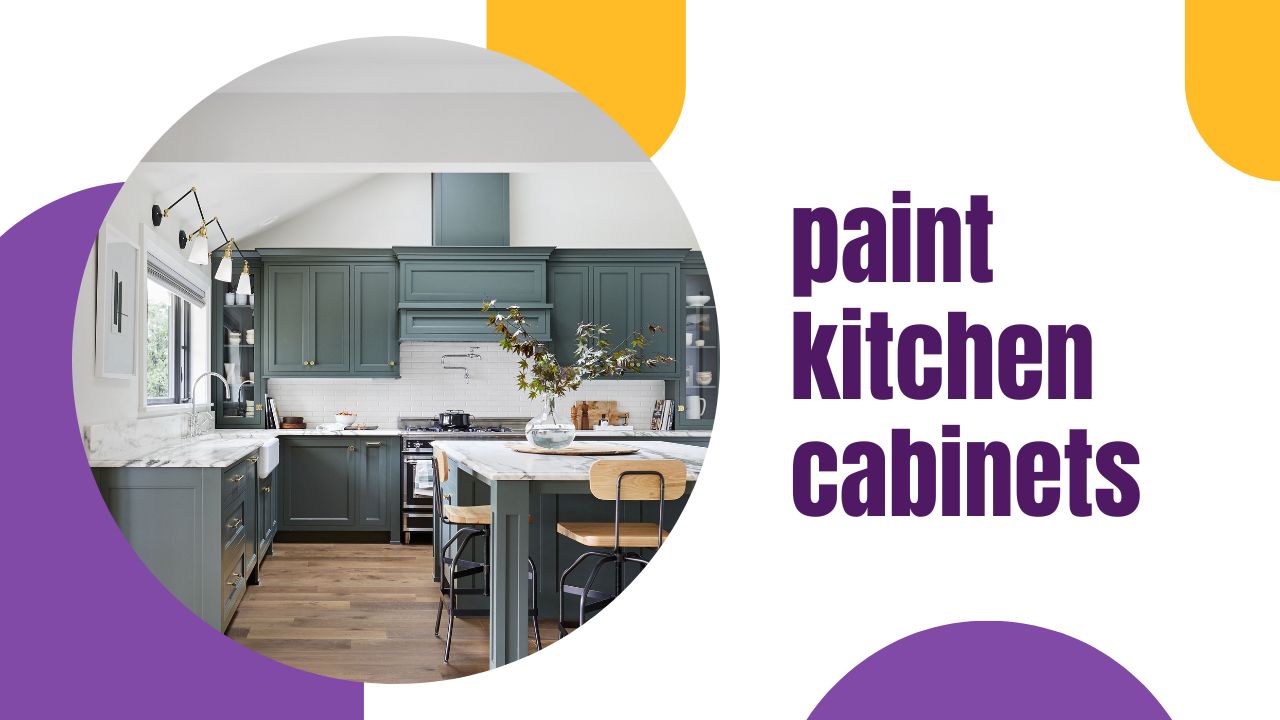Kitchen cabinets are an essential component of any kitchen, as they provide storage for utensils, dishes, and food items. However, over time, the cabinets can lose their appeal due to wear and tear, which may necessitate a makeover. Painting the kitchen cabinets is a cost-effective way of giving them a new lease on life. This article provides a comprehensive guide on how to paint kitchen cabinets.
Benefits of Painting Kitchen Cabinets
Painting kitchen cabinets has numerous benefits. First, it is an affordable way of giving your kitchen a facelift without incurring significant costs. Second, it allows you to personalize your kitchen cabinets by choosing a color that reflects your style and personality. Third, it can increase the resale value of your home, especially if the cabinets were outdated.
Tools and Materials Needed
Before you begin painting, you need to gather the necessary tools and materials. The tools include a screwdriver, sandpaper, paintbrushes, rollers, and a drop cloth. The materials include a degreaser, painter’s tape, primer, paint, and a top coat. You can buy these items at your local hardware store.
Materials and Tools Needed:
- Screwdriver
- Sandpaper (150-220 grit)
- Degreaser
- Painter’s tape
- Primer
- Paint (preferably acrylic or oil-based)
- Paintbrushes (small and large)
- Rollers
- Drop cloth
Preparing the Cabinets
Before painting, it is essential to prepare the cabinets. Begin by removing all items inside the cabinets, including shelves, drawers, and doors. This will help you reach all the surfaces you need to paint and prevent any damage or spills. Be sure to label each cabinet part so that you know where to put them back after painting.
Next, use a degreaser to clean the cabinets thoroughly. Grease and dirt can prevent the paint from adhering correctly, so this step is crucial. Wipe down each cabinet with a damp cloth to remove any residue, and let them dry completely.
Finally, use painter’s tape to cover any areas you do not want to paint, such as hinges, handles, or walls. This will protect these areas from paint splatters or drips.
Sanding the Cabinets
Once the cabinets are clean and dry, it is time to sand them. Sanding will remove any old finishes and smooth any rough surfaces, making it easier for the primer and paint to adhere to the wood.
Use 150-220 grit sandpaper to sand each cabinet. Sand in the direction of the wood grain to avoid scratches. Be sure to sand all surfaces you plan to paint, including the frames, doors, and drawers. After sanding, wipe the cabinets down again with a damp cloth to remove any dust.
Priming the Cabinets
After sanding, it is time to prime the cabinets. Priming is essential because it seals the wood and creates a smooth, even surface for the paint to adhere to. This will also help prevent the paint from chipping or peeling over time.
Apply the primer with a small paintbrush or roller. Be sure to use a thin layer, and let it dry completely before applying another coat. You may need to apply two coats of primer to get the desired coverage. Allow the primer to dry for at least 24 hours before painting.
Painting the Cabinets
Once the primer is dry, it’s time to paint the cabinets. Choose high-quality paint that is durable and easy to clean, such as acrylic or oil-based paint. Using a small paintbrush or roller, start applying paint to the cabinet’s edges and crevices, then move to larger surfaces.
Use long, even strokes to ensure an even finish. You may need to apply two coats of paint to achieve the desired coverage. Allow the first coat to dry completely before applying the second coat.
Finishing Touches
After the second coat of paint is dry, it’s time to add a protective layer. A topcoat will protect the paint and make it easier to clean. Apply the topcoat with a clean brush or roller, following the manufacturer’s instructions.
After the topcoat is dry, reattach the cabinet doors, drawers, and shelves. Remove any painter’s tape, and clean up any paint drips or spills. Finally, admire your freshly painted kitchen cabinets!
Conclusion
Painting your kitchen cabinets can give your kitchen a fresh new look and save you money on a complete kitchen renovation. By following these steps, you can transform your cabinets into beautiful, durable pieces that will last for years to come. Remember to choose high-quality materials, take your time, and have fun!
Read More: How to Make Wood in Little Alchemy: A Comprehensive Guide
